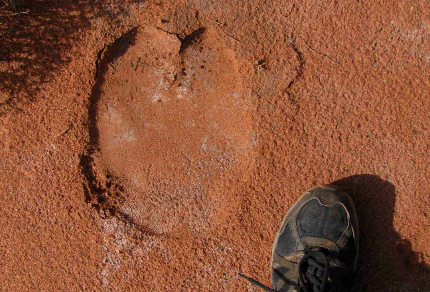Western Australia, Day 15
Townsville: Weary of revisions to my blog, I abandoned my laptop in late afternoon to stride through Bicentennial Park, feeling as though I was floating in limbo between past and present. Brilliant sun shone, crickets sang, and warm breezes flowed over me, a scenario frequently played out in Townsville’s autumn and now, in its winter. These days, I rarely check the weather forecast. I assume the days will be sunny. Clouds have become gifts, and rain like that which poured onto the city in the early hours of last Friday is now infrequent on its way to becoming rare. Leaving the park, I walked past high-set homes and bright, boxy stores, past yards with citrus trees and browning lawns and the stubby-fingered skeletons of frangipanis rising above tatters of dead leaves at their feet.
Autumn in Nova Scotia comes like a flame on the heels of frosts. It paints hills and valleys and coastal barrens with reds and oranges, yellows and burgundies, some leaves so exquisite they tear a hole somewhere in your heart. Then storms arrive and tear down the beauty, leaving bare limbs and the sombre greens of conifers to greet the long, dark nights of winter. But the winter has its own beauty – starker, cleaner, decorated with the brilliant diamonds of snow. There have been no flames of autumn in Townsville. By and large, the trees retain their leaves, although gums and street trees have shed some, beige or brown, that fall into nondescript scatterings on lawns and paths. Yet, I sense a change. The native trees in the plantings beside the Ross River today looked drier, less vibrant, as though they’ve begun the pulling into themselves to wait out the long months before the wet returns. When Vilis and I arrived in Townsville at the end of December, I was shocked by the dryness, the dusty trees, the desiccated, grey grasses on the hills. That is yet to come.
Western Australia: While out and about on Cunyu and Yakabindi stations, the members of the research crew were always looking for wildlife and wildlife sign, which they photographed whenever possible.

Gus and Dingo (© Vilis Nams)

Dingo Tracks (© Vilis Nams)
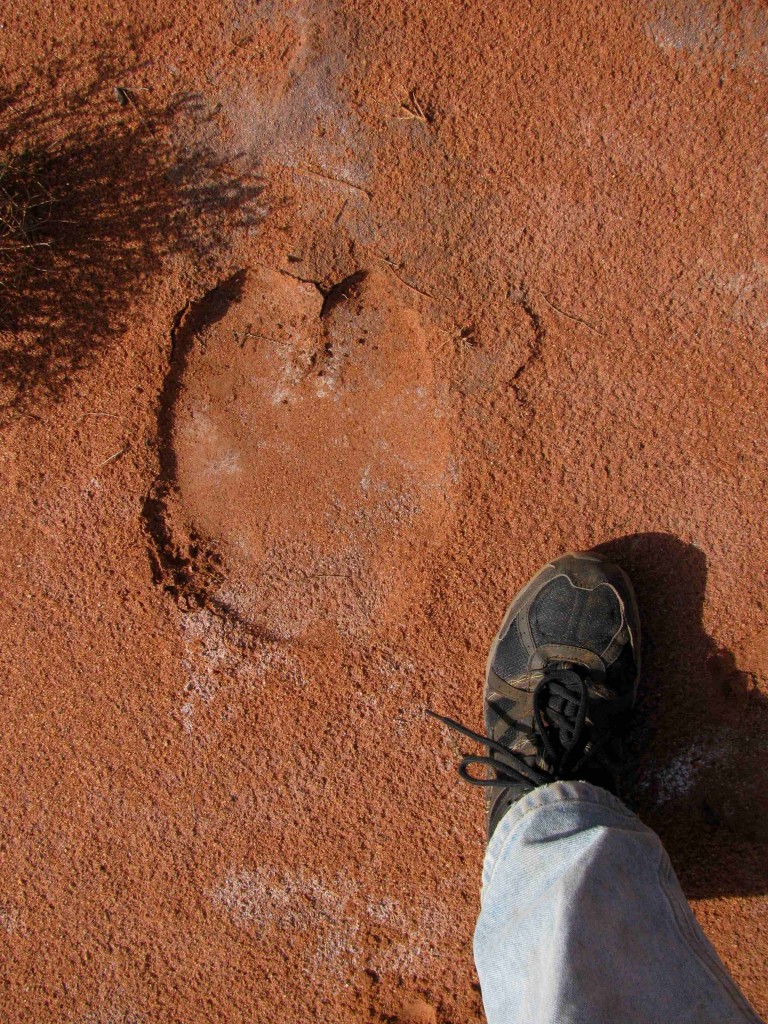
Feral Camel Track (© Vilis Nams)
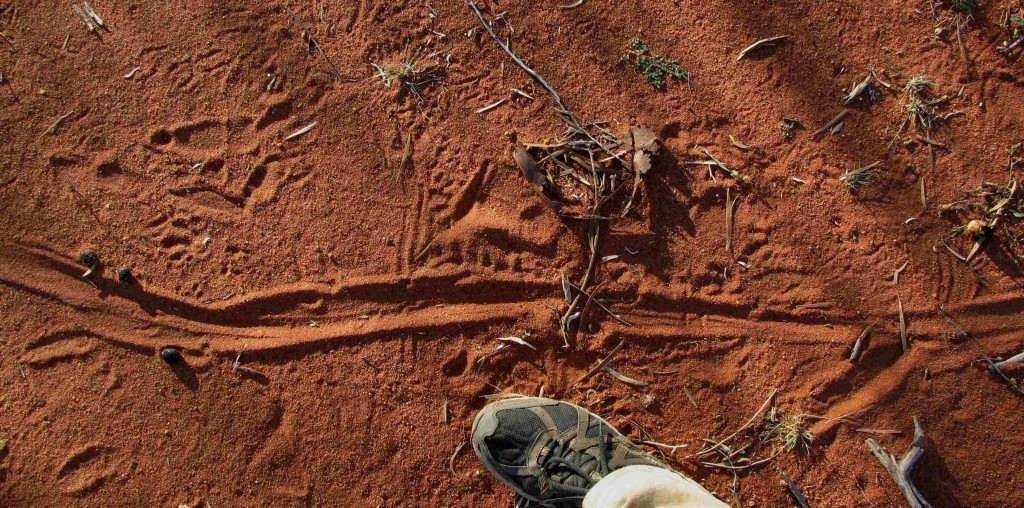
Yellow-spotted Monitor Trail (© Vilis Nams)
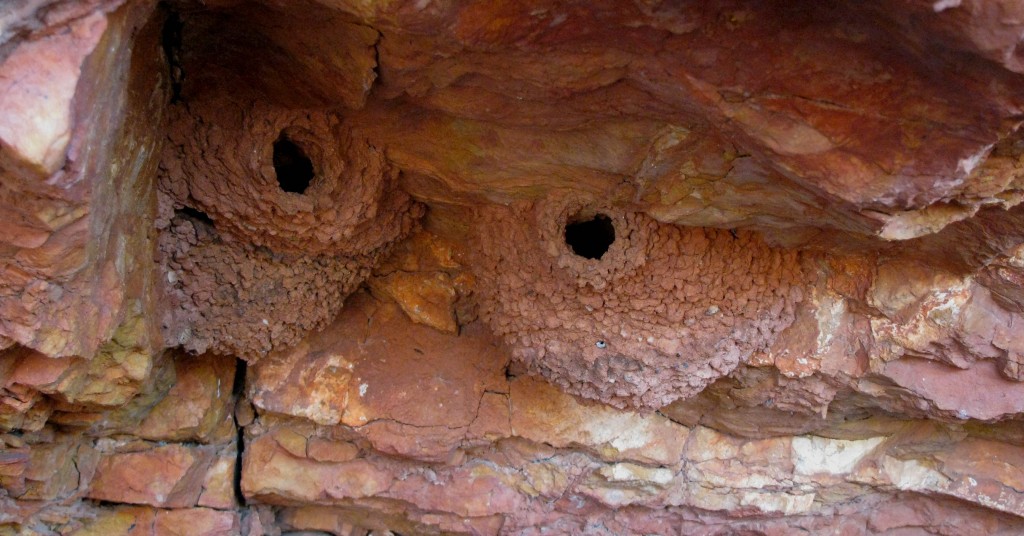
Fairy Martin Mud-bottle Nests (© Vilis Nams)
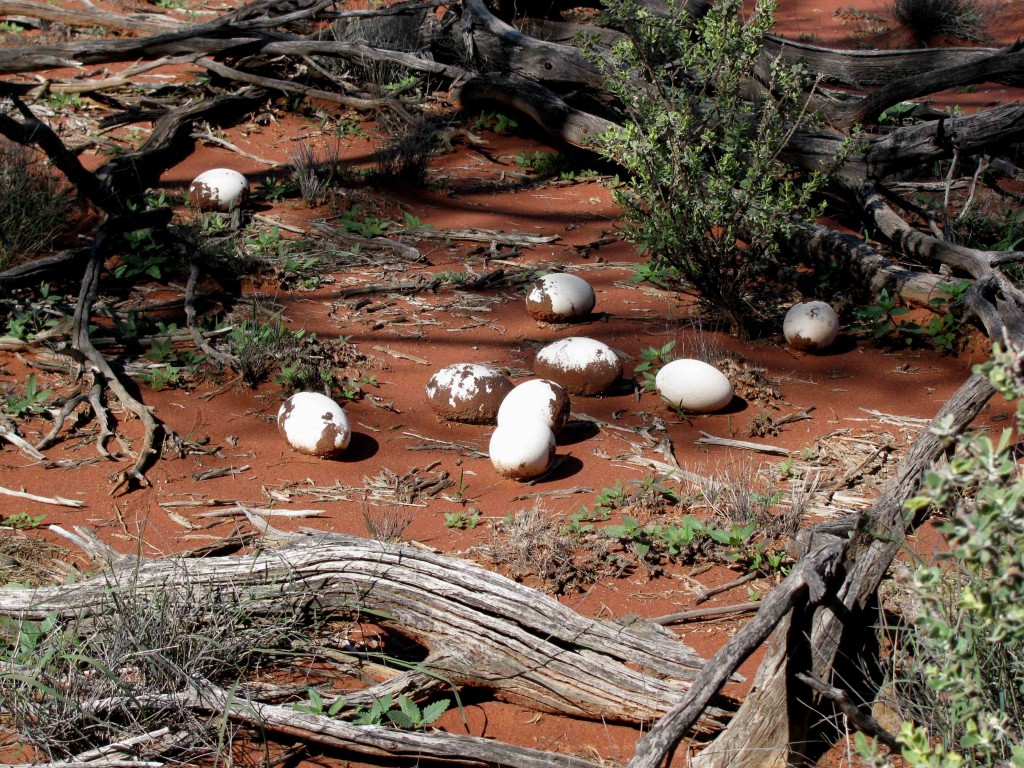
Abandoned Emu Eggs (on Yakabindi) (© Vilis Nams)

